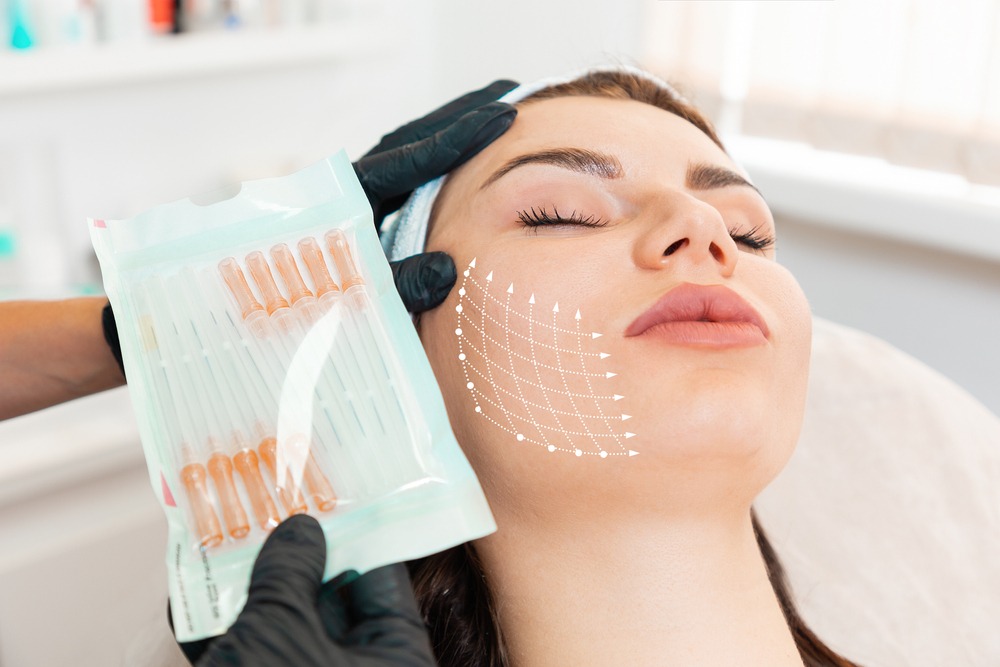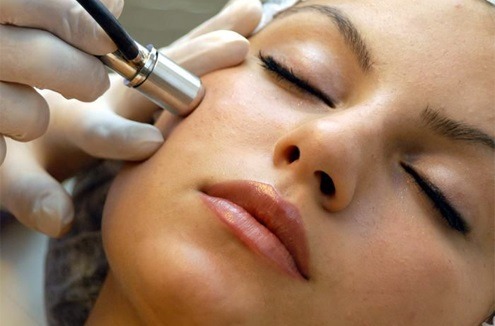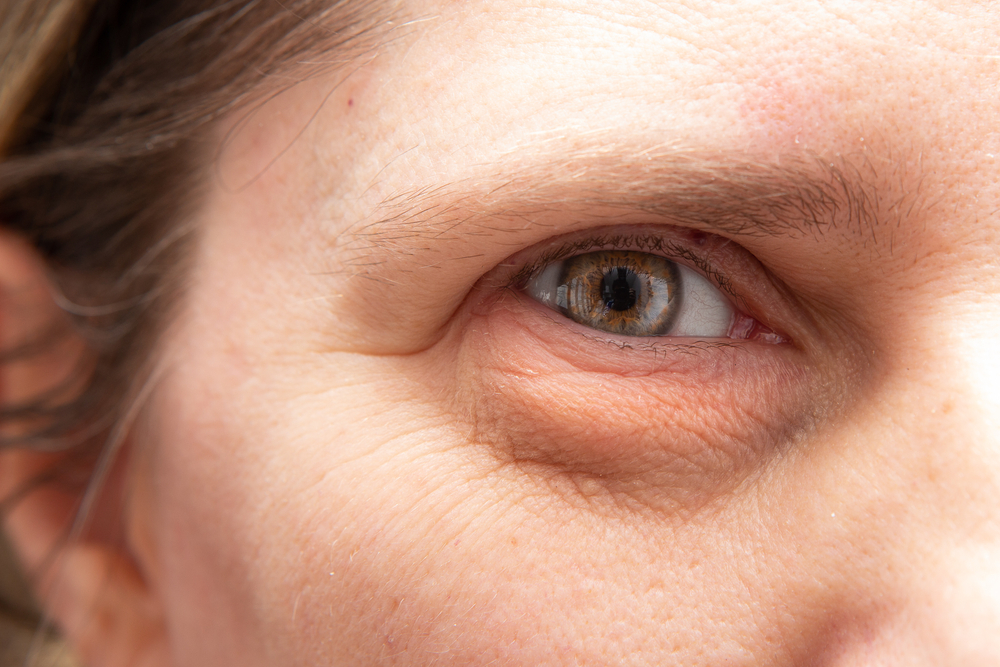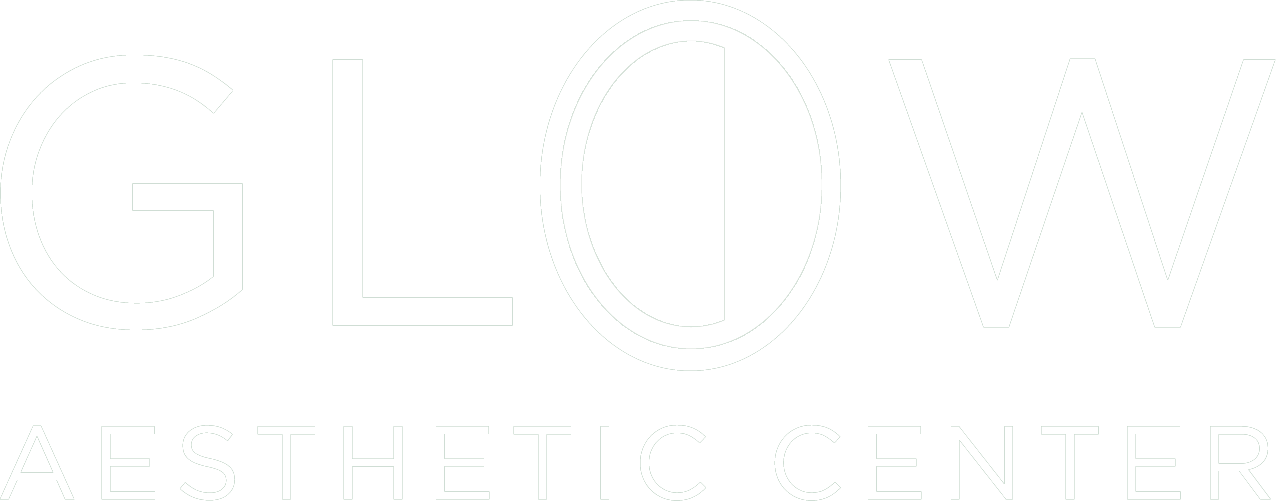Athletes and fitness enthusiasts know that sports injuries can disrupt more than just training — they can impact everyday mobility, performance, and quality of life. While rest, physical therapy, and medication have long been the standard approaches to recovery, modern regenerative medicine now offers a more natural, targeted solution: PRP (Platelet-Rich Plasma) therapy.
At Glow Aesthetic Center, PRP injections harness the healing components of your own blood to accelerate tissue repair, reduce inflammation, and enhance recovery — without surgery or synthetic drugs. Whether you’re a professional athlete or a weekend runner, PRP can help you recover faster and get back to the activities you love.
This blog explains how PRP therapy works, the sports injuries it can treat, and what to expect during and after treatment.
Understanding PRP Therapy
Platelet-Rich Plasma (PRP) is a regenerative treatment that uses concentrated platelets derived from your own blood to stimulate healing in damaged tissues. Platelets are rich in growth factors and proteins that repair injuries, promote collagen production, and reduce inflammation.
How PRP Works:
- A small amount of blood is drawn from your arm.
- The blood is placed in a centrifuge to separate the platelet-rich plasma from red blood cells and plasma.
- The concentrated PRP is injected directly into the injured area using a fine needle.
Once injected, PRP releases bioactive growth factors that trigger the body’s natural healing cascade — encouraging the formation of new tissue, repairing microscopic tears, and improving circulation.
Because PRP comes from your own body, it’s 100% biocompatible, reducing the risk of allergic reactions or adverse effects.
Why Athletes and Active Individuals Choose PRP
Sports injuries often occur when tendons, ligaments, or muscles are overstressed or torn. These tissues typically have poor blood supply, which slows the healing process. PRP works by enhancing that repair response, delivering a concentrated dose of growth factors directly where they’re needed most.
Key Benefits for Sports Injuries:
- Accelerates tissue regeneration and healing
- Reduces pain and inflammation naturally
- Minimizes the need for surgery or long recovery times
- Strengthens damaged tissue and prevents re-injury
- Enhances overall joint and muscle function
Many athletes choose PRP as part of their recovery plan because it’s non-surgical, minimally invasive, and allows for a faster return to activity than conventional treatments.
Common Sports Injuries Treated with PRP Injections
PRP therapy can be used to treat a wide range of sports-related injuries, especially those involving soft tissue damage, inflammation, or chronic pain.
Below are some of the most common conditions successfully treated with PRP injections:
1. Tendonitis and Tendon Tears
Tendon injuries are among the most common sports-related problems. Overuse, repetitive strain, or trauma can cause tiny tears that lead to pain, stiffness, and swelling.
PRP has shown strong results in treating:
- Tennis Elbow (Lateral Epicondylitis): Pain in the outer elbow caused by repetitive wrist and arm motion.
- Golfer’s Elbow (Medial Epicondylitis): Pain on the inner side of the elbow from overuse.
- Achilles Tendonitis: Inflammation or microtears in the tendon connecting the calf to the heel.
- Patellar Tendonitis (“Jumper’s Knee”): Pain in the tendon below the kneecap, common in runners and jumpers.
By delivering growth factors directly into the affected tendon, PRP stimulates collagen synthesis, accelerates healing, and helps restore strength and flexibility.
2. Ligament Injuries
Ligaments stabilize joints, but when overstretched or torn — such as in ankle sprains, ACL (anterior cruciate ligament), or MCL (medial collateral ligament) injuries — they can take months to heal.
PRP injections can help speed recovery by stimulating the regeneration of ligament fibers, reducing swelling, and restoring joint stability.
This makes PRP an effective treatment for mild to moderate ligament sprains and partial tears that don’t require surgical repair.
3. Muscle Strains and Tears
Muscle injuries are common in athletes who engage in high-intensity or repetitive movement. Conditions like hamstring strains, quadriceps tears, and calf muscle injuries can cause persistent pain and weakness.
PRP helps accelerate muscle healing by enhancing blood flow and promoting tissue regeneration, allowing for a quicker and more complete recovery.
4. Joint Pain and Arthritis from Sports Overuse
Repetitive joint movement or impact sports can lead to inflammation and early signs of arthritis in areas like the knees, shoulders, hips, and ankles.
PRP injections help by:
- Reducing inflammation in the joint capsule
- Promoting cartilage repair
- Improving lubrication and cushioning within the joint
Athletes suffering from joint pain due to wear-and-tear often find significant relief and improved range of motion after PRP therapy — without the need for corticosteroids or joint replacement surgery.
5. Rotator Cuff Injuries
Shoulder injuries, especially rotator cuff tears, are common in athletes who throw, swing, or lift overhead. These injuries can be painful and slow to heal due to limited blood flow in the shoulder tendons.
PRP therapy promotes new tissue growth and reduces inflammation around the shoulder joint, helping to restore strength and flexibility while minimizing chronic pain.
6. Plantar Fasciitis
This condition causes heel pain due to inflammation of the thick band of tissue (plantar fascia) that connects the heel to the toes. Runners and athletes who spend a lot of time on their feet are particularly prone to it.
PRP injections can help by reducing inflammation and stimulating tissue repair, often leading to lasting relief after other treatments — like rest, orthotics, or physical therapy — have failed.
7. Meniscus and Cartilage Damage
High-impact sports can cause cartilage wear or meniscus tears in the knee. Since cartilage has limited self-healing ability, recovery can be slow.
PRP injections encourage regeneration of cartilage cells (chondrocytes), improving joint cushioning and function while reducing pain and stiffness.
What to Expect During PRP Treatment
At Glow Aesthetic Center, your PRP therapy is customized to your specific injury and athletic goals.
Step 1: Consultation
Your provider reviews your medical history, injury details, and activity level to determine if PRP is the right option for you.
Step 2: Blood Collection and Preparation
A small blood sample is drawn and placed in a centrifuge, which separates the platelet-rich plasma from the other blood components.
Step 3: Targeted Injection
The concentrated PRP is injected into the injured area under precise guidance. Depending on the injury, ultrasound imaging may be used to ensure accurate placement.
Step 4: Recovery
You can resume light activity shortly after treatment. Some mild soreness or swelling may occur for 24–48 hours as your body begins the healing response.
Recovery Timeline and Results
PRP therapy promotes gradual healing rather than instant results.
Typical Timeline:
- Week 1–2: Initial inflammation and mild soreness as tissue repair begins.
- Weeks 3–6: Noticeable improvement in pain and mobility.
- Months 2–3: Continued healing as new tissue forms and strengthens.
- Months 3–6: Full benefits become evident, with restored function and long-term pain relief.
For best outcomes, your provider may recommend a series of 3–6 treatments, spaced several weeks apart.
Why PRP Is Ideal for Sports Injuries
PRP offers a middle ground between conservative treatments (like rest and physical therapy) and invasive surgery.
The Advantages:
- Completely natural — uses your own blood
- Minimally invasive with no downtime
- Reduces pain without medication or steroids
- Encourages long-term healing rather than masking symptoms
- Safe for all fitness levels and activity types
From weekend joggers to professional athletes, PRP provides a powerful way to accelerate recovery, enhance performance, and prevent future injury.
How to Maximize Recovery After PRP
To ensure the best possible results from your treatment, follow these post-care recommendations:
- Avoid anti-inflammatory medications (like ibuprofen) for several days, as they can interfere with the healing process.
- Stay hydrated and maintain a balanced diet to support tissue repair.
- Follow your provider’s exercise and rehabilitation plan.
- Limit high-impact activity for at least 48 hours post-treatment.
- Schedule follow-up treatments as recommended to reinforce healing.
Your provider at Glow Aesthetic Center will guide you through every step, ensuring a safe and effective recovery process tailored to your athletic goals.
Final Thoughts
Sports injuries don’t have to mean months of rest or invasive surgery. With PRP therapy, your body’s own platelets can help you recover faster, strengthen tissues, and reduce pain naturally.
Whether you’re recovering from tendonitis, a ligament sprain, or chronic joint pain, PRP injections provide a safe, non-surgical solution designed to restore your mobility and performance.
At Glow Aesthetic Center, we combine medical expertise with personalized care to deliver results that help you get back to doing what you love — stronger than before.
Schedule Your PRP Consultation at Glow Aesthetic Center
Ready to accelerate your recovery and heal naturally? Schedule your personalized PRP consultation today and discover how Glow Aesthetic Center can help you overcome sports injuries with advanced regenerative care.
Frequently Asked Questions
How many PRP treatments will I need?
A series of 3–6 sessions is often recommended for optimal healing, spaced 4–6 weeks apart.
Is PRP safe for athletes subject to drug testing?
Yes. PRP uses your own blood and does not contain any banned or synthetic substances.
Can PRP prevent future injuries?
By strengthening connective tissues and improving flexibility, PRP can help reduce the risk of re-injury over time.
How soon will I see results?
You may notice pain relief and improved function within a few weeks, with continued improvement over several months.
Why choose Glow Aesthetic Center for PRP therapy?
Our clinic combines advanced regenerative medicine with personalized care, ensuring safe, effective treatments performed by experienced medical professionals.








